Nokia
See how leveraging AMD EPYC processor-based servers helps Nokia target up to a 40 percent reduction in server power consumption to run core workloads.

Driving leadership performance and efficiency across the end-to-end network infrastructure


The rise of 5G is revolutionizing the Telco and Networking landscape. Providers must deliver ever-expanding amounts of data in highly efficient ways to enable richer customer experiences and services—from VR / AR, to latency-sensitive IoT applications, and beyond—all against the backdrop of the key trends below.
There has been a massive increase in the amount of data that needs to be sent over the network—necessitating corresponding step-function improvements in networking technology.
There is a widespread push to move towards more software-defined, cloud-native, disaggregated, and containerized environments to drive more agile delivery and efficiency.
Compute is getting extended from the core, more into the edge, in order to enable the low latency needed for 5G.
As Telcos face greater pressure to reduce their carbon footprint, finding solutions that drive power efficiency is becoming increasingly crucial.


AMD Zynq™ UltraScale+™ RFSoCs help save power, improve scalability, and simplify adapting to new standards. For Beamforming / MIMO, AMD Versal™ AI Core adaptive SoCs can provide system-level compute that enables on-the-fly calculation of phase and gain coefficients required by each radio.
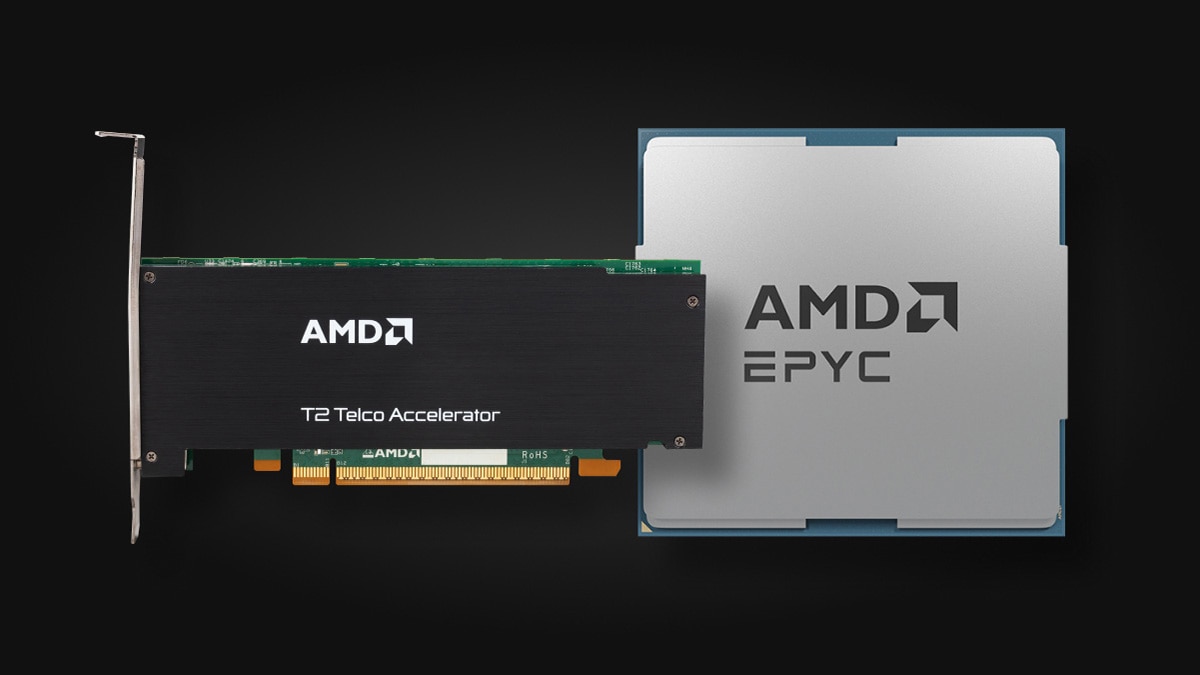
Distributed units often have strict limits when it comes to power and size. AMD EPYC™ 8004 Series processors enable exceptional core density and performance, and operate within a lower power envelope capped at 200W. They can be coupled with AMD T2 accelerator cards, which help offload latency-sensitive and throughput-intensive 5G baseband functions.
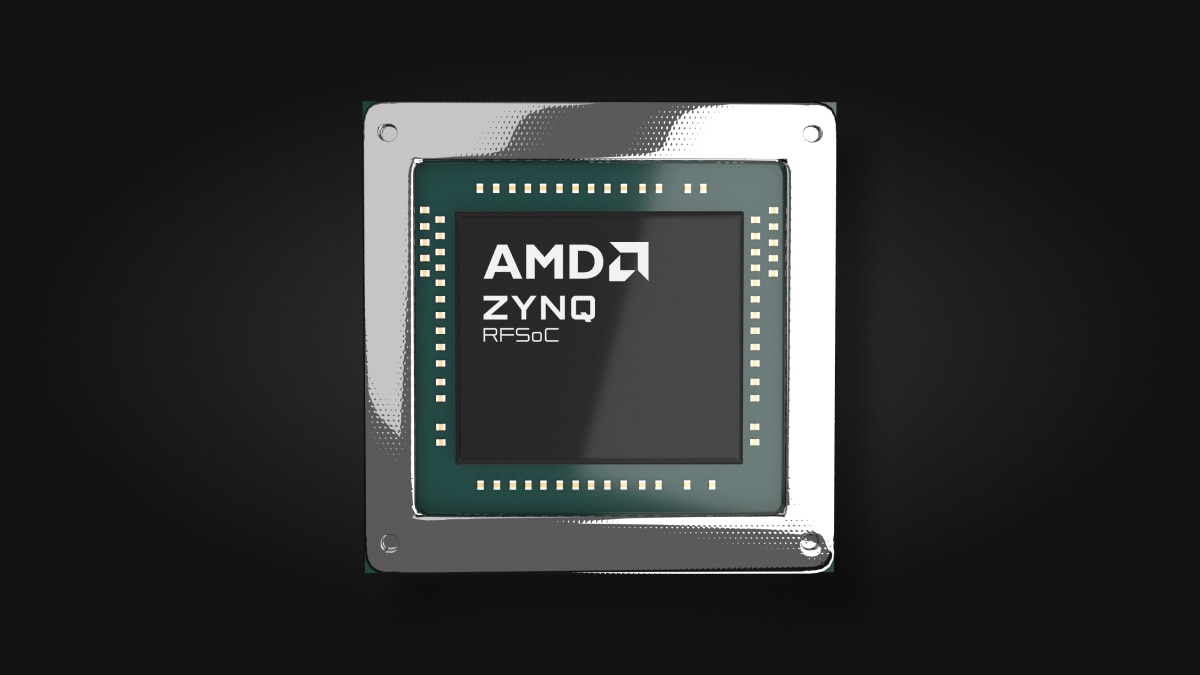
AMD Zynq UltraScale+ RFSoC provides a unique combination of networking capabilities and an analog front end to bridge between the converged interface network and DOCSIS 3.1/4.0.
AMD provides a path to communicate with each of many disparate radio units or other endpoints, transport them over an arbitrary network, then regenerate each channel remotely. Consolidating into a single, reconfigurable AMD solution can reduce upfront system cost and allows the use of inexpensive and scalable packet networks. From O-RAN (eCPRI) to PON to a wide range of Ethernet standards, AMD transceiver technology has the built-in flexibility and performance for any-port/any-protocol X-haul networks. Reconfigurable logic allows for a customized solution based on the required transport product. AMD Versal Premium adaptive SoCs support rates ranging from 1GE to 112Gb/s, facilitating the transport medium of choice, whether that is a single coherent fiber or an existing network.
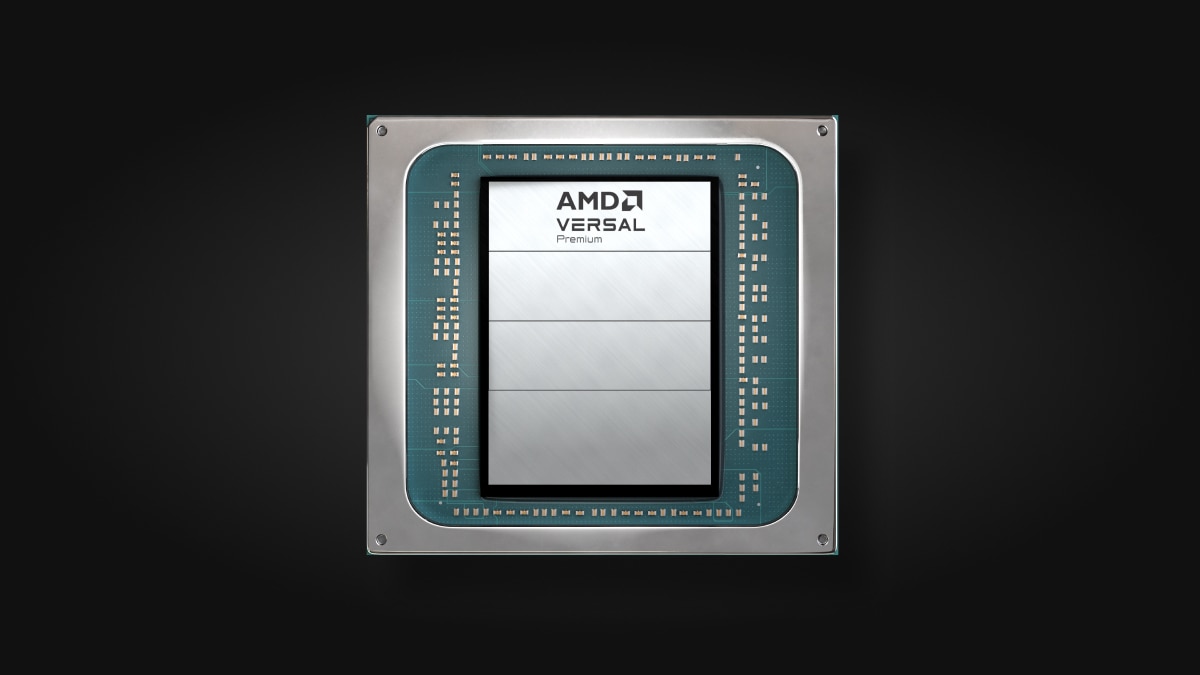

Distributed units often have strict limits when it comes to power and size. AMD EPYC 8004 Series processors enable exceptional core density and performance, and operate within a lower power envelope capped at 200W. They can be coupled with AMD T2 accelerator cards, which help offload latency-sensitive and throughput-intensive 5G baseband functions.
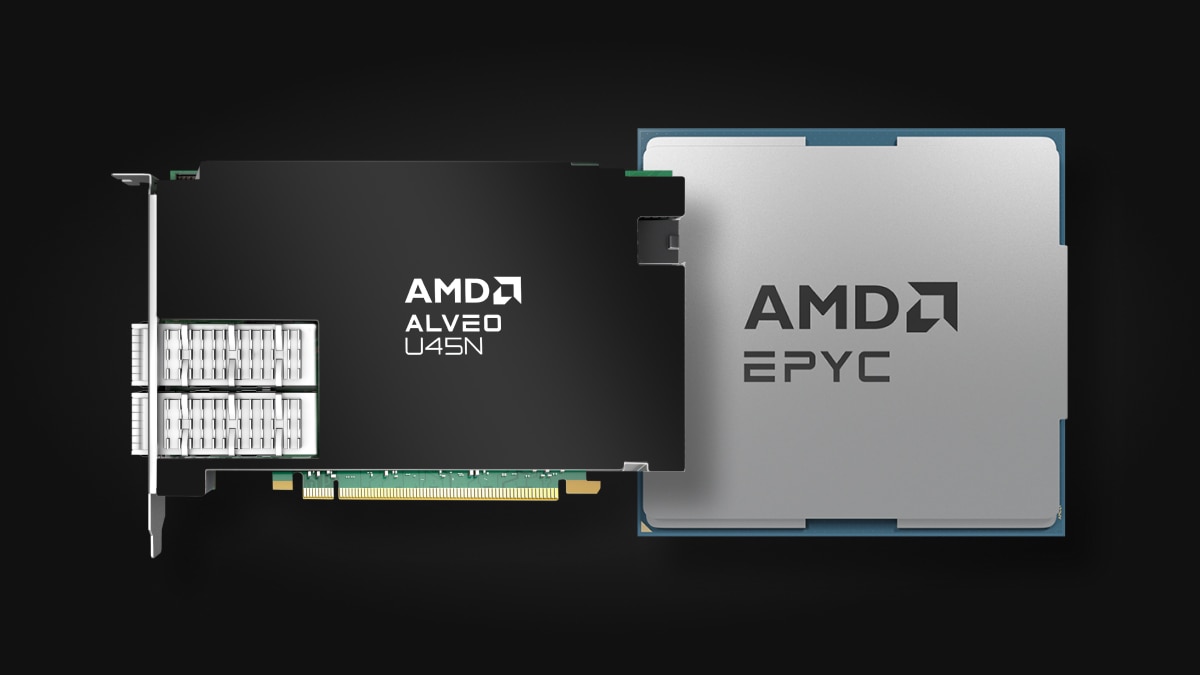
AMD EPYC 8004 Series processors offer high core density, ideal for centralized unit processing. EPYC processor-based solutions can be coupled with AMD Alveo™ SmartNICs to drive optimal performance within centralized units.
AMD EPYC 9004 and 8004 Series processors can be leveraged to drive leadership performance for the 5G packet core, and can be coupled with Alveo SmartNICs to further enhance performance.

Transport networks need robust silicon with flexible SerDes and the ability to support extremely high throughput. The silicon must also be ultra-reliable, because a single failure at this node can result in massive data loss. The silicon must aggregate many disparate bits of data, but do so in a way that makes it easy to disaggregate them later. See how AMD Virtex™ UltraScale+™, Versal™ Prime, and Versal Premium adaptive SoCs efficiently power metro and transport networks.
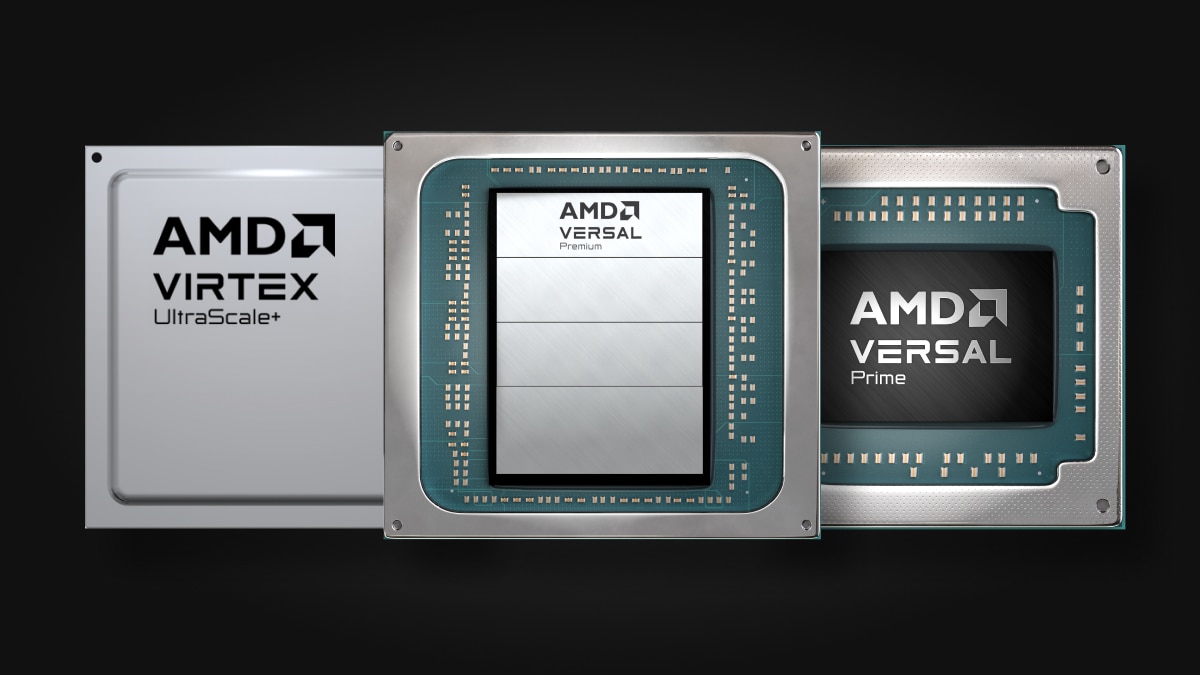
AMD EPYC processor-based solutions offer leadership performance and I/O, hardware-based security in the form of AMD Infinity Guard1, and x86 compatibility for seamless integration into existing infrastructure.
As Telcos face increasing pressure to reduce their energy consumption and GHG emissions, EPYC processor-powered platforms can also meet application performance demands with fewer physical servers than competitive solutions—which can lead to a smaller data center footprint, lower hardware expenditure, lower power and cooling costs, lower network costs, and lower TCO.


The modern landscape produces a double exponential challenge when it comes to security. For one, there is massive growth in the scale of speeds and feeds that need to be secured. On top of that, there are more and more standards and increasingly complex algorithms that are emerging to adapt to new threats.
Security features can be implemented directly within AMD programmable logic and easily iterated upon as standards evolve and new threats emerge. AMD security solutions span line rates from 100M to 400G, crypto protocols, various packet processing and lookup requirements—even predictive malware detection built on machine learning algorithms. Systems are defended in the present—and remain future-ready.


AMD EPYC server processors come equipped with AMD Infinity Guard1—a suite of advanced security features to help keep data protected.
It includes Secure Encrypted Virtualization (SEV) to help safeguard VM privacy and integrity, Secure Nested Paging (SEV-SNP) for strong memory integrity protection capabilities, Secure Memory Encryption (SME) to help guard against attacks on main memory, and AMD Shadow Stack™ for hardware-enforced stack protection capabilities against malware attacks.





Contact an AMD Sales representative.